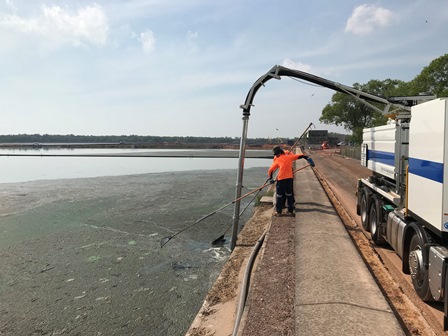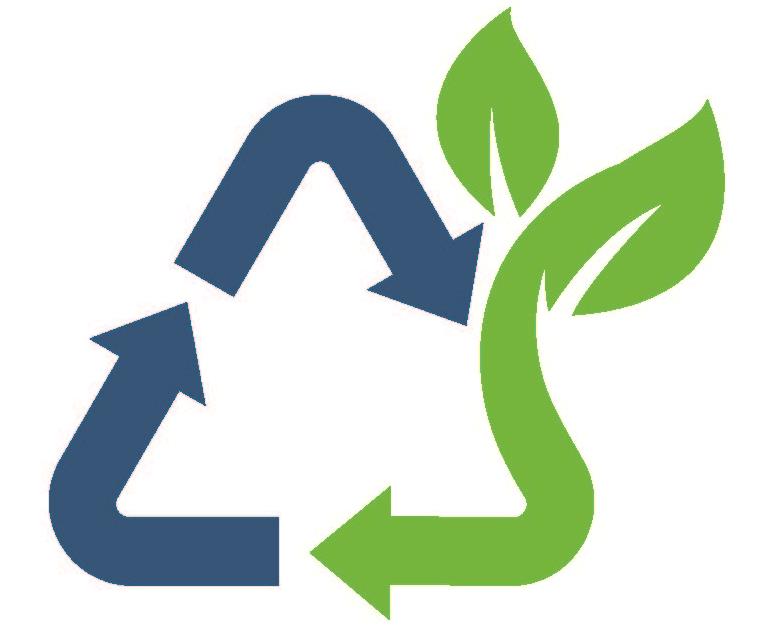Meeting long-term wastewater treatment needs
Power and Water is improving the Northern Territory's largest wastewater treatment facility, to protect people's health and enhance the environment.
The Leanyer Sanderson Waste Stabilisation Ponds were constructed in 1972 and treat wastewater from 50,000 residents, schools and business in Darwin’s northern suburbs and the Royal Darwin Hospital.
The $16.2 million upgrade project involved the construction of a new inlet works structure to manage influent wastewater and to remove solids, grit, sanitary products and other debris contained in the incoming sewage to improve treatment performance and environmental outcomes.
The upgrade ensures the capacity and performance of the ponds is improved to accommodate the immediate and long-term wastewater treatment requirements of Darwin’s northern suburbs.
After 18 months of construction, the new facility was officially opened in December 2018.
What inlet works do
The Leanyer Sanderson Waste Stabilisation Ponds inlet works are a pre-treatment system at the entrance of the waste water treatment facility, which currently receives and screens 15 million litres of wastewater daily.
The primary objective of the inlet works is to remove any gross pollutants larger then five millimetres, such as litter, debris, sediments, plastics, sanitary products and grit, which contribute to the development of surface scum and blockages in the treatment pond system.
By removing objects that should not be disposed of in the toilet, such as wipes, nappies, and sanitary products, the new inlet works reduces the environmental impacts of wastewater discharge into Buffalo Creek.
The new facility ensures that more than 4 tones of unwanted bathroom products and 50 tonnes of grit will be removed annually.
The inlet works are also equipped with an advanced odour control facility which delivers better outcomes for the community. while the upgrade doesn't alleviate all odours associated with the treatment process, it consolidates the most odorous components of the system at a central location to be better managed through extraction and treatment using biological and activated carbon filters.

Power and Water staff regularly remove surface scum, which is caused by discarded bathroom products such as wet wipes that impact the environment and cause increased odour.
Improving environmental performance, recycling and reuse
Every week, Power and Water's operators and contractors actively clean the pond system by manually removing pond surface scum caused by the accumulation of unwanted bathroom products that end-up at the treatment facility. Power and Water is committed to sustainable practices that help the community protect and maintain the environment.
Every year, Power and Water spends around $1 million towards pond maintenance and repairs.
Bathroom products that should not be flushed down the toilet, such as nappy and facial wipes, ear buds, sanitary products and dental floss, significantly impact the sewage treatment process and increase odour because they do not break down easily.

In addition to impacting the treatment process, these products contaminate the sludge, which would otherwise be a rich source of phosphorous, nitrogen and other elements.
A major benefit of the new inlet works will be to restrict bathroom products from entering the treatment ponds.
This means, in future, the sludge that accumulates at the bottom of the ponds will be free from gross pollutants, allowing it to be repurposed and used in agriculture, land rehabilitation, horticulture processes and mining.
How the project was delivered
This upgrade was delivered through a design and construct arrangement with BMD Construction.
Support of local industry has been a strong focus of the project with 90% of the work being delivered locally by 15 Northern Territory contractors.
More than 85% of the material supplied for the project was sourced locally by 18 Territory suppliers.
Fast facts
The inlet works has used
- 1,200 cubic metres of concrete
- 170 tonnes of steel
- 65,000 man hours worked with no days of lost time injury
- 150 workers and 11 trades including engineers, plumbers, mechanical fitters and electricians.
At its maximum capacity, the inlet works will be able to receive and effectively screen 250 litres of wastewater per second which would fill an Olympic swimming pool in less than three hours.

